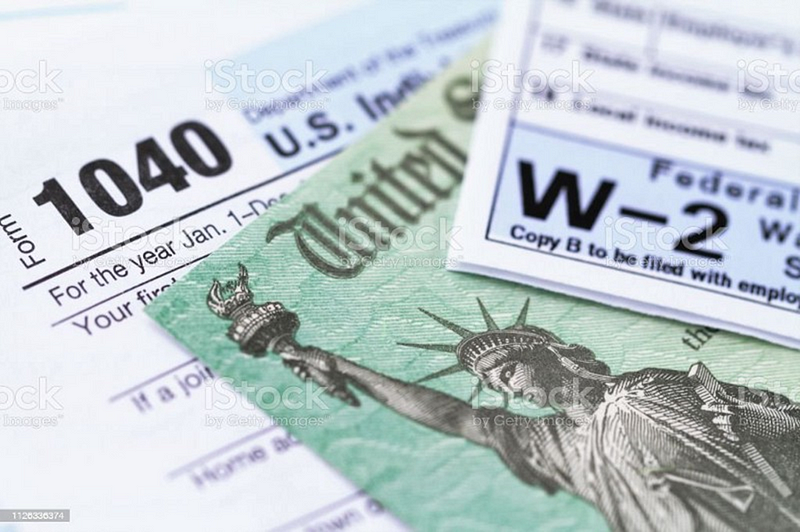A Simplified Tax Plan to Enhance Revenue and Reduce Cheating
Written on
Chapter 1: Overview of the Proposed Tax System
This proposal outlines a strategy to significantly reduce the IRS's role, increase tax income, and eliminate tax evasion. The suggested approach is to implement a flat tax rate of 15% on all income exceeding a basic livable minimum, with no deductions allowed. This means all income is treated equally.

The Inflation Reduction Act is set to add 87,000 new employees to the IRS with an additional funding boost of $80 billion. President Biden has argued that this expansion is essential due to the fact that 55 major corporations paid no federal income tax in a given year. According to the IRS, this legislation is projected to generate an additional $124 billion in tax revenue.
Biden aims to boost tax income to tackle the soaring Public Debt, which has now surpassed $31 trillion, and to reduce the annual deficit that has exceeded $1 trillion in each of the last three fiscal years. The belief is that improved IRS oversight will help catch tax evaders.
However, the challenge lies in the fact that IRS agents often focus audits on average Americans. In contrast, wealthy individuals and large corporations typically employ teams of tax experts and attorneys to navigate the tax system, exploiting every possible loophole to minimize their tax burden.
Certified Public Accountants validate these returns. While there can be discussions about deductions, these higher-income entities usually see their returns withstand scrutiny.
To increase tax revenue, the IRS would likely need to target middle-income families and small to medium-sized businesses, where deductions might be more contentious. This could lead to increased anxiety among everyday taxpayers regarding IRS audits.
Instead, a more effective solution exists to nearly eliminate the IRS, save the funding it currently receives, spur economic growth, enhance government tax revenue, and reduce the reliance on tax professionals for American households, making the tax system fairer.
How can this be achieved?
Chapter 2: The Proposed Tax Structure
The current tax code would be entirely replaced by a flat tax system: a 15% tax on all income above a livable minimum, set at twice the poverty level, with no deductions applicable. This includes wages, rental income, interest, profits, and capital gains, all taxed at the same rate of 15%. The corporate tax rate would mirror this flat rate.
For instance, if a family of four earns a total of $80,000, their tax obligation would be straightforward. They would deduct the livable minimum of $50,000 from their total income, leaving a taxable amount of $30,000. Multiplying this by 15% results in a tax bill of $4,500. This method ensures simplicity.
With such clear calculations, the need for accountants or tax lawyers diminishes, and there are no loopholes to exploit.
While some might argue for a progressive tax system where rates rise with income, this approach is somewhat progressive, although not as much as some advocates prefer. It ensures all earners contribute fairly, treating every American uniformly regardless of income source or expenditure. Both labor income and capital gains are taxed identically.
This framework could potentially boost long-term economic growth by at least half a percent. It should also virtually eliminate tax evasion, as paying a straightforward 15% tax is far simpler than risking penalties associated with cheating.
Moreover, this plan avoids market distortions, generates significant new capital, and allows for easy determination of tax obligations for each individual, promoting fairness. The anticipated increase in economic growth is likely to result in higher total tax revenues for the federal government.
As economic growth increases, the need for government spending on social programs decreases, further contributing to the reduction of budget deficits.
Lastly, taxpayers are likely to be more inclined to fulfill their tax responsibilities under this proposed system.
This video discusses the IRS and Treasury's initiative to close tax loopholes to raise $50 billion.
Explore the argument that the IRS lacks seriousness in its operations and how that affects tax compliance.